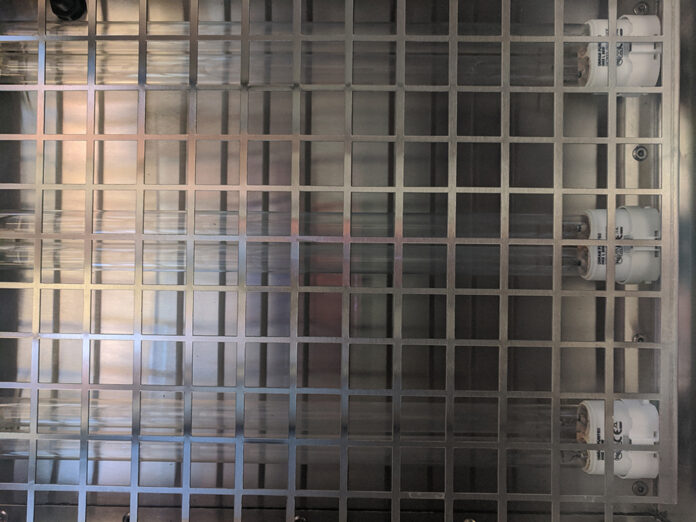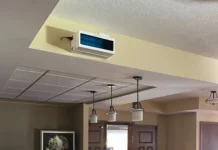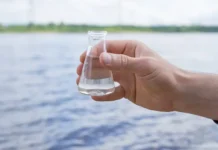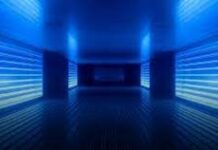By Castine Bernardy, Ph.D. student, Department of Civil and Environmental Engineering, University of New Hampshire; Bailey Jones, MS Student, Department of Civil and Environmental Engineering, University of New Hampshire; and James P. Malley Jr., Ph.D., professor of civil and environmental engineering, University of New Hampshire
Editor’s Note: Owners and operators of UV technology are an important stakeholder group; these professionals have limited time and often prefer to remain anonymous when providing feedback. As a result, UV Solutions now builds this column from responses to a Qualtrics survey sent out each quarter with the help of UNH graduate students.
If you are an owner or operator of UV technology interested in providing feedback to these quarterly surveys, email jim.malley@unh.edu. It is important that the survey expands beyond its current regional reach to provide more diverse information.
As the IUVA has grown, the stakeholder groups have become more diverse – moving from primarily drinking water to One Water, Food and Beverage, Healthcare and now, more generally, air and surface applications for disease prevention. Therefore, this month’s Qualtrics survey asked two general questions and was sent to the broadest array of UV application owners/operators to date (65 total). The 25% response rate collected over a three-month period was considered good, but most responses are from the eastern and northeastern US. More diversity would add value to users of these responses.
How long have you been using UV technology?
Of the 15 responses, “using UV avoided the use of chemical disinfectants” was the answer that crossed all fields. Responses were received from six wastewater treatment facilities (average period UV has been in use: 10 years; response range from five years to 35 years), four drinking water facilities (average period UV has been in use: 7.5 years; response range from two years to 20 years), two advance treatment water reuse facilities (both in operation for over 10 years) and three healthcare facilities (all were installed in 2020).
What are the best aspects of the system?
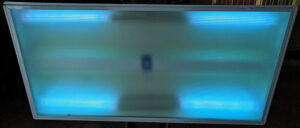
Three wastewater facilities and all four drinking water treatment facilities commented, “The UV process requires the least attention of all the different treatments we use.”
Two healthcare facilities indicated they provided their patients and their staff with additional peace of mind during this continuing pandemic. One healthcare facility commented, “We are counting on it to reduce the transmission of illness during this upcoming flu season, which we anticipate being a bad one.”
One drinking water facility and both of the advanced treatment reuse facilities also indicated a real advantage in how easily UV technology fit into their SCADA/IOT systems, and that it allowed ease of monitoring and control remotely.
The advanced treatment-reuse facilities both commented it was their lowest-cost option to meet the treatment requirements.
All three healthcare facilities indicated several practical conveniences, including it was “out of sight and out of mind,” “took up almost no space” and “was very quiet.”
What are the worst aspects of the system?
Three wastewater facilities and two drinking water facilities indicated the number and handling of lamps were the worst aspects of the system. Of these five, three indicated they have averaged about two lamp breaks per year, causing them concern and the need to initiate lamp breakage and monitoring protocols.
Both advanced treatment reuse facilities noted the worst aspects were power use and contribution to the facility’s overall carbon footprint.
Two of the drinking water facilities indicated the routine monitoring and calibration of sensors required in their operating protocols take “too much time and effort since we never find problems or change anything.”
All three healthcare facilities indicated their biggest two concerns were “using more electricity and not really knowing if it was doing anything.” One of the facilities commented, “We are not used to depending on disinfection that does not leave any residual, tell-tale signs of being effective. We do not see, feel or smell anything that tells us we’ve got good coverage and it is working.”
Two healthcare facilities also indicated their units produced some maintenance headaches, such as “catch a lot of dust and dirt and are hard to reach and clean” or “they become very dirty and look really bad in our patient areas.” Along the same lines, one comment received was that maintenance staff “do not like the time and effort it takes to climb ladders, open them up and clean them” and, because of that, “they just do not seem to clean them every week or even month.”
Contacts: Castine A. Bernardy, castine.bernardy@unh.edu; Bailey Jones, bailey.jones@unh.edu; James P. Malley, Jr., jim.malley@unh.edu


